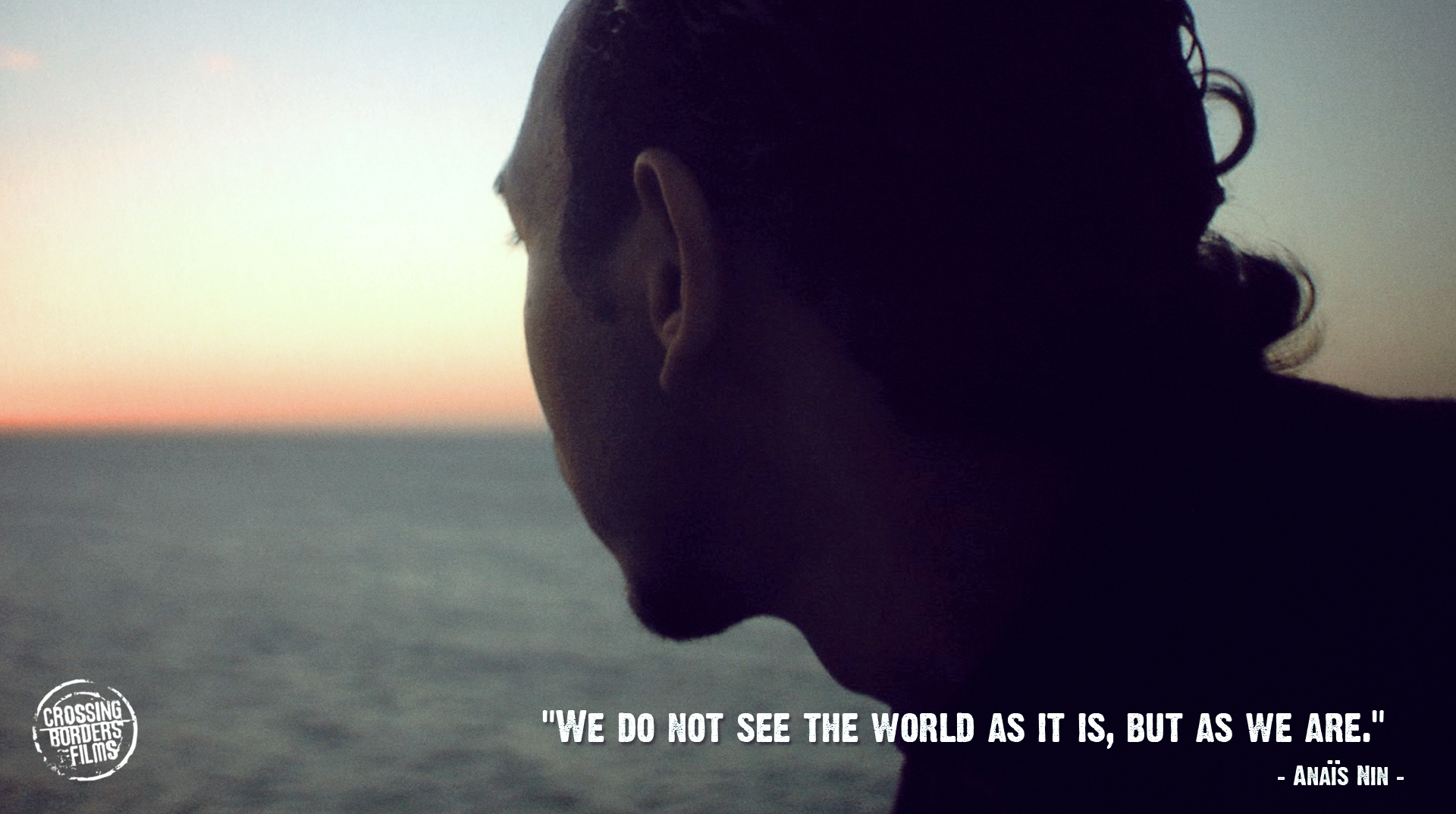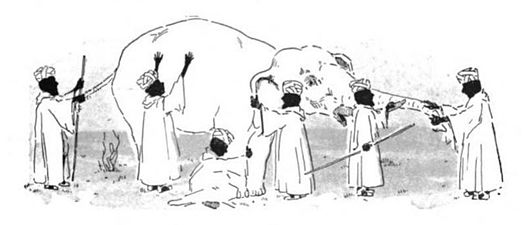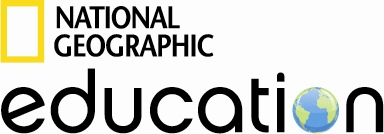
Benefits of linking Diversity Efforts and Internationalization
The American Council on Education identified on their page At Home in the World a variety of benefits for working at the intersection of internationalization and diversity education, such as:
- Help students understand social justice in a global context
- Broaden attitudes to appreciate the complexity of the world
- Examine values, attitudes, and responsibilities for local/global citizenship
During dialogue events we experienced that constructive interracial dialogue is strengthened when approached with the support of intercultural communication skills, such as:
- De-escalating heated campus rhetoric and focusing instead on “allyship” by drawing upon intercultural communication skills and conflict mediation strategies.
- Touching students’ desire to live their full potential by using the learning channel of personal growth and self awareness.
- Meeting students where they are at in their different levels of social awareness and communication skills and supporting/challenging them to move beyond their comfort zones.
One of the challenges will be to enhance participant’s awareness that these tools train communication skills in order to enable honest dialogue around social justice issues, but are not yet changes of systemic social injustices themselves. Interracial dialogue is a strategy to increase social awareness, which is a precondition to civic engagement and social change.
Diversity and Dialogue
Dialogue is not only appreciating diversity, but it essentially relies on it! Dialogue has the potential to teach us aspects of reality that are not yet integrated parts of our experience or awareness.
 The ancient Indian story of The Blind Men and an Elephant is a colourful example of diversity’s necessity and power. In the parable, a group of blind men surround an elephant to learn about its shape. After touching it, they compare their experiences and start to fight with each other: ‘An elephant has the shape of a tree’ says the one who touched it’s leg. ‘No, no, an elephant is like a wall,’ says the one who touched its side. ‘No way, an elephant is like a snake,’ says the one who touched its trunk. When a sighted man walks by and describes the entire elephant, the blind men get a glimpse of the ‘full picture.’ The story illustrates that our subjective experiences can be true, but that they are limited.
The ancient Indian story of The Blind Men and an Elephant is a colourful example of diversity’s necessity and power. In the parable, a group of blind men surround an elephant to learn about its shape. After touching it, they compare their experiences and start to fight with each other: ‘An elephant has the shape of a tree’ says the one who touched it’s leg. ‘No, no, an elephant is like a wall,’ says the one who touched its side. ‘No way, an elephant is like a snake,’ says the one who touched its trunk. When a sighted man walks by and describes the entire elephant, the blind men get a glimpse of the ‘full picture.’ The story illustrates that our subjective experiences can be true, but that they are limited.
We apply the story’s message to this work by saying: We need the ‘Other’! We need to hear diverse experiences and perspectives in order to grow a more complete image of reality. We need intercultural and interracial dialogue in order to better understand and serve the vibrant, aching, and diverse world we live in. To avoid conflict will not solve deep seated separation and social injustices. We need to grow the capacity and courage to address conflicts by processing them in safe spaces. Explore the real and incredible potentials on our page On Conflict Transformation.
Explore constructive dialogue further on our pages Initiating Interracial Dialogue and Conflict Transformation. Our film American Textures applies intercultural skills and conflict mediation to interracial dialogue.


